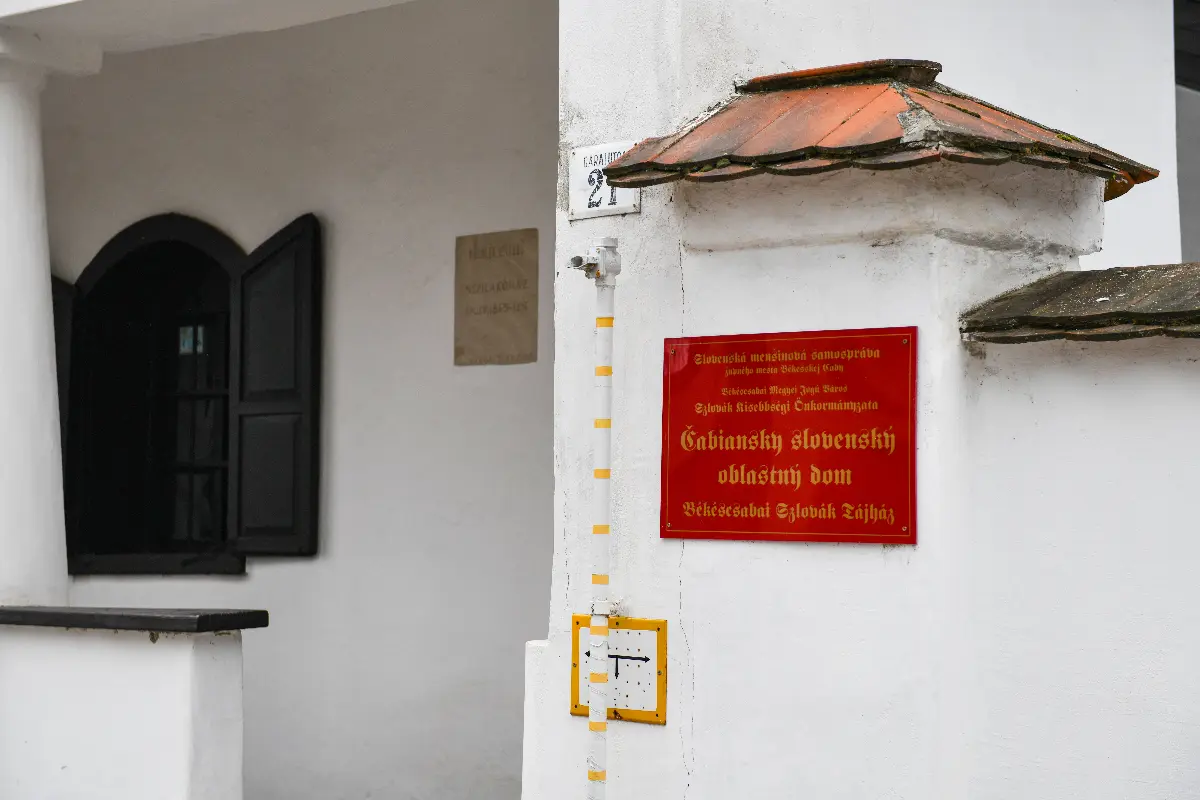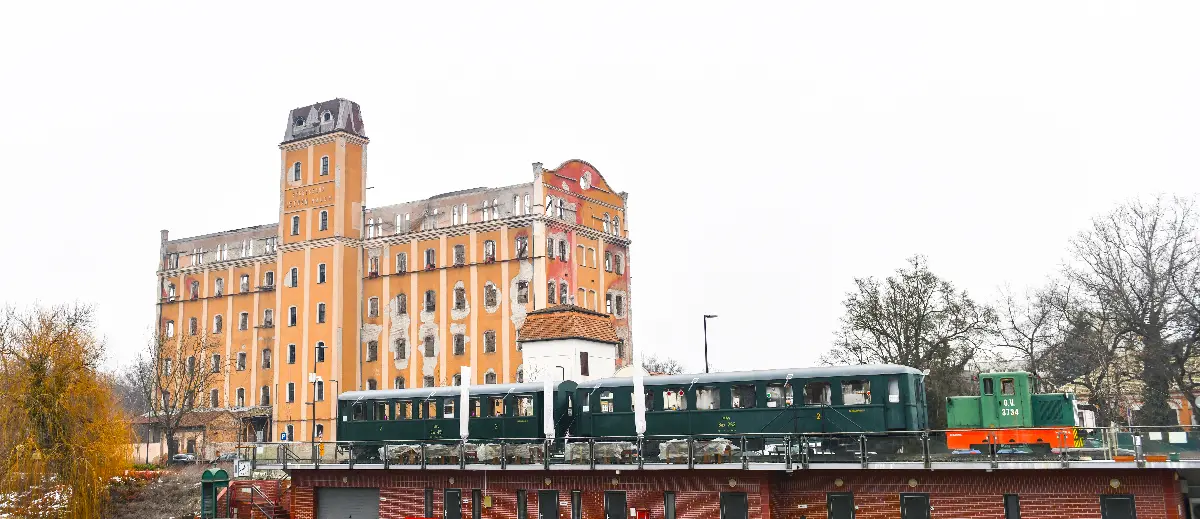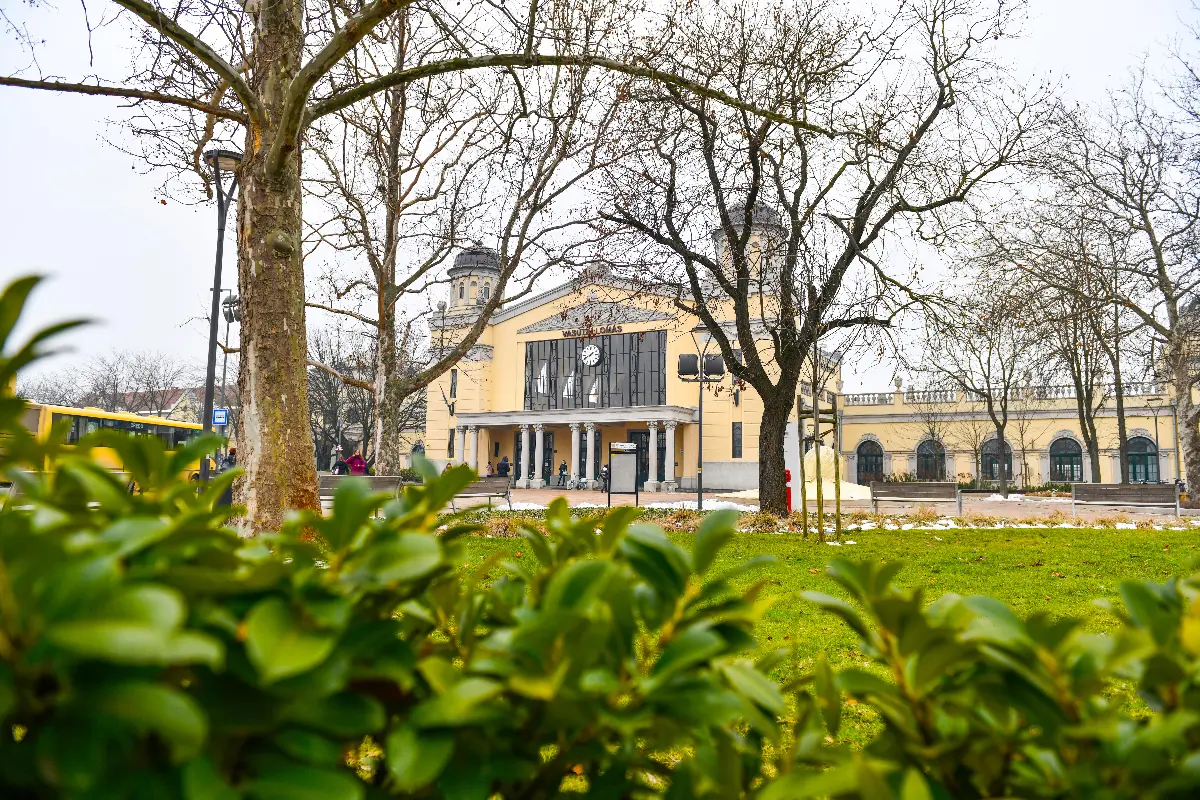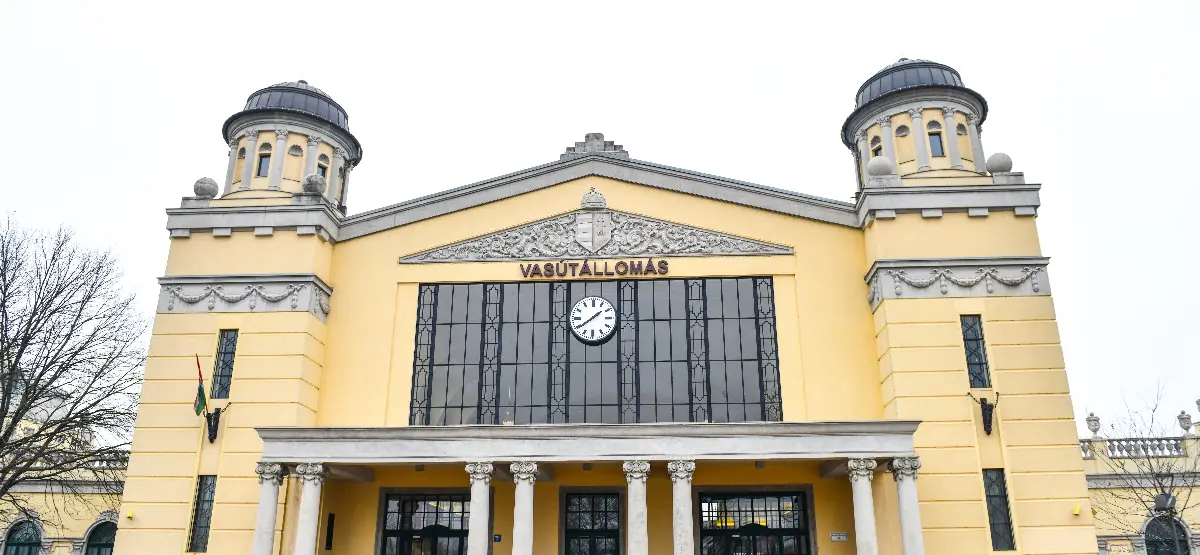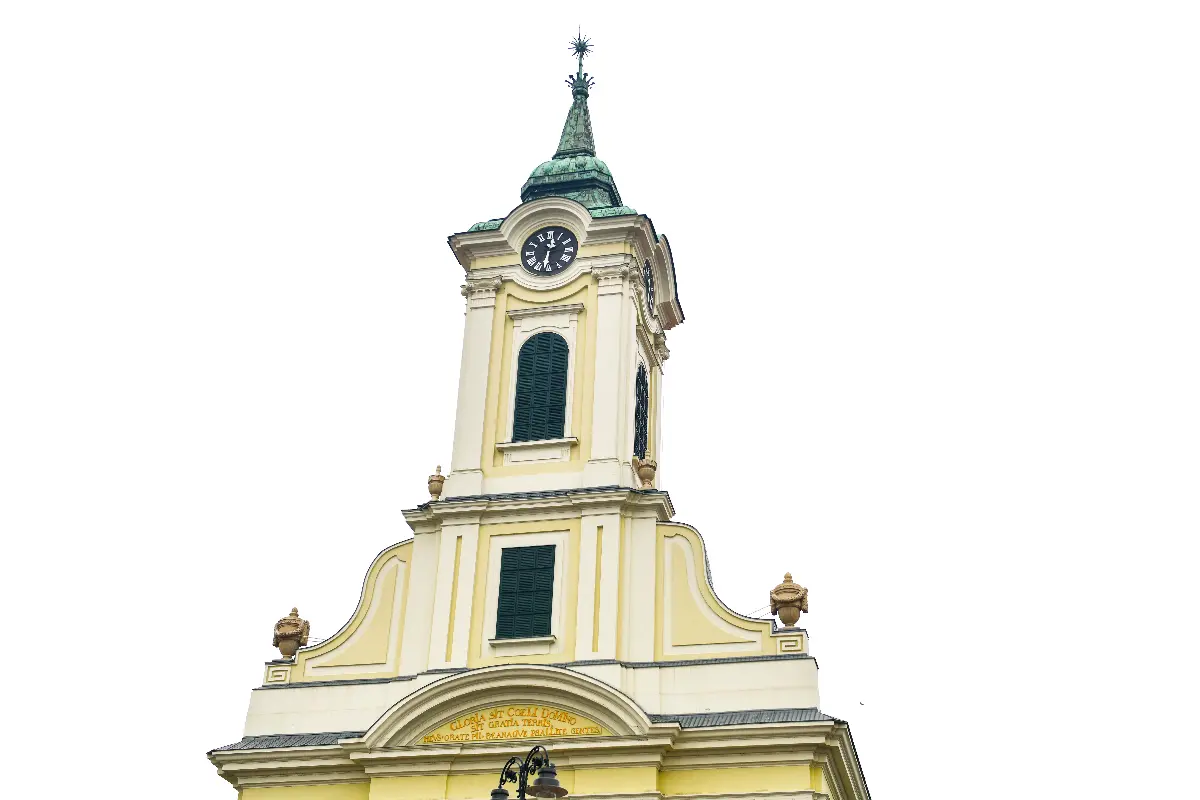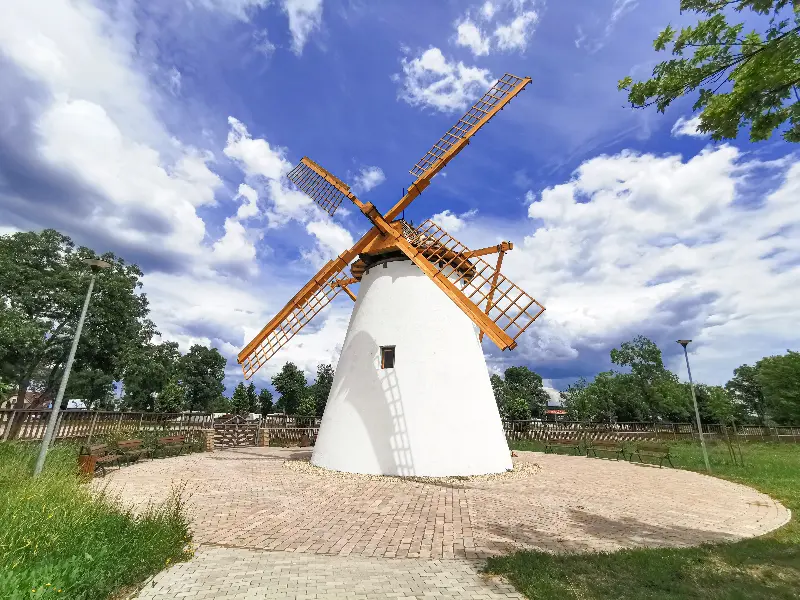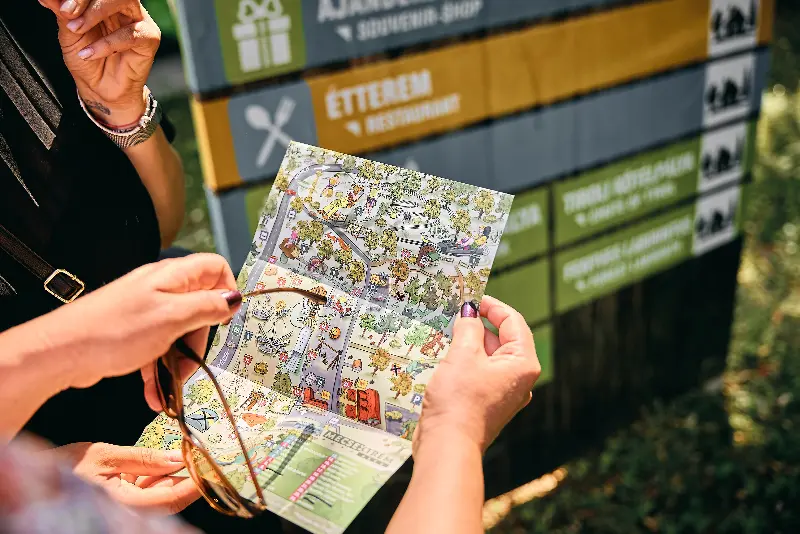
Helyszín címkék:
Discover Békéscsaba from Ö to Zs - tips for a great weekend
Káldi Emese
Ö for “Öregház” (Old House): The local traditionalist group has done a lot to ensure that the built, cultural and gastronomic heritage of Békéscsaba is still alive, visible and can be experienced. They really put their hearts and souls into the work, and thanks to them there is now a beautiful folk architecture building to visit behind the Lutheran church, the “Öregház” (Old House). The traditional house type of the area is still present here: a house with a “podsztyena”, a front porch, where various programmes are regularly organised.
P for “Peron presszó” (Platform Café): At the “István malom” (István Mill), on the bank of the “Élővíz-csatorna” (Living Water Canal), stands an old railway train. This has become the location for this special café, where you can enjoy a meal among railway memorabilia and objects. If you are lucky, you may also visit temporary exhibitions of treasures from private collectors.
R for retro: Residential areas, institutions and urban squares built in the sixties and seventies are part of Békéscsaba's image today. They are integral parts of the town, where the typical motifs of the period are regularly presented. If you like retro-patterned paving, the atmosphere of the playgrounds hiding among blocks of prefabricated flats, the small rows of shops at the ground floor of the buildings, you will love Békéscsaba.
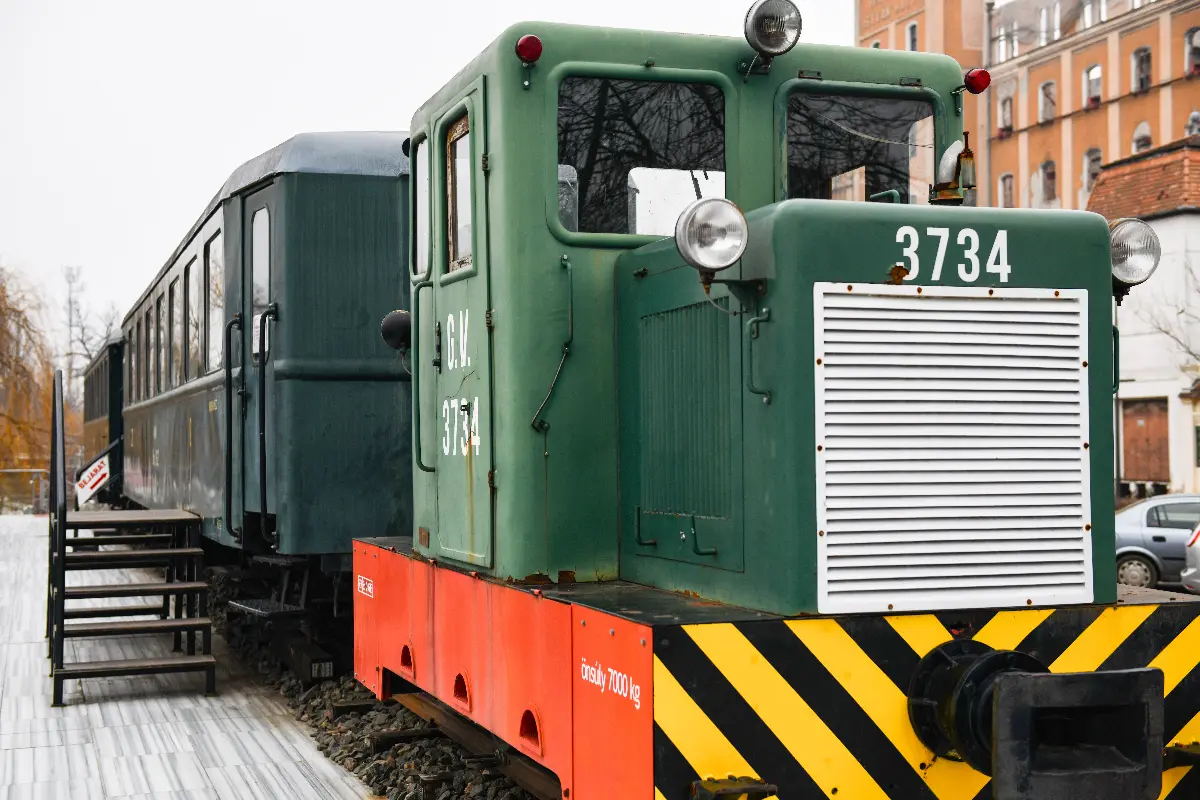
S for secco: The Catholic Church of the “Jézus Szíve” (Heart of Jesus) was built in the early 1990s, and the most interesting part of it is the secco (i.e. a decorative painting applied to a dry surface) covering 500 square metres of wall surface designed by painter László Patay, depicting 530 biblical, historical and ecclesiastical figures, but also including the people who helped to build the church - whether they were involved in landscaping or concreting. Patay was also awarded a Vatican medal for his fantastic work.
Sz for “szlovák tájház” (Slovak country house): near the Evangelical Great Church stands the pretty whitewashed folk building, which primarily commemorates the housing culture and art of the Slovaks in Békéscsaba. Built in the early 1800s, the beautifully-furnished rooms offer an insight into the everyday life of the Slovaks who settled in the area in the first half of the 1700s.
T for tower: Did you know that the tower of the Evangelical Church in Békéscsaba, at 70 metres, is the tallest building in Békés County and the tallest Evangelical church tower in Hungary? The site is a must-see attraction in the town anyway.
U for UFO: Opened in 1988 and somewhat reminiscent of a UFO, the Municipal Sports Hall is the largest sports hall in the county, but for art lovers it is an interesting location not for this reason, but for some special works of art. András Rác's relief mosaic named “Sportolók” (Athletes) and József Róbert Balázs's “Kozmosz” (Cosmos) can be seen at the entrance to Sector B, while in front of the hall we can admire the “Tornászlány” (Gymnast Girl), a work by Géza Széri-Varga, balancing on top of a 4.5 m high column.
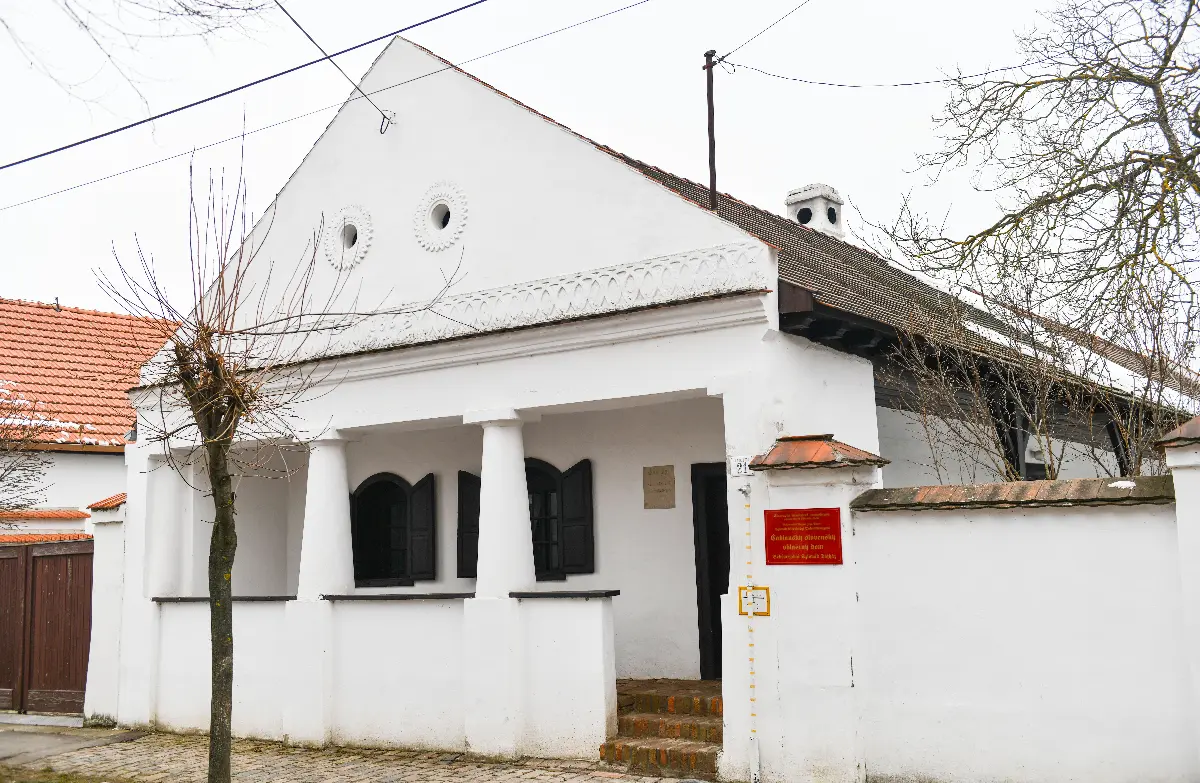
Ü for “ünnepi koncertek” (festive concerts): Regular concerts are held in the second largest church in the town, the Cathedral of “Páduai Szent Antal” (St Anthony of Padua). The building on the Main Square, consecrated in 1910, was built using only bricks from Békéscsaba and preserves a few millimetres of the cross of Christ.
V for “vasútállomás” (railway station): In 2016, the railway station, which was badly damaged during the 1944 bombing of the city and then uninspiringly restored with a flat roof after the Great War, was renovated and restored to its original state. Originally built in 1933, the neo-baroque building is one of the most beautiful monuments in the town.
W for “Wenckheim kastélyrom” (Wenckheim castle ruins): The former Széchenyi-Wenckheim Castle stands in the Póstelek park forest. The family moved out of the neo-Baroque building in 1944, and today it is a reminder of the former opulence only in its surroundings, its grandeur, and as an exciting and romantic feature of the park.
Z for “zug” (nook): In the Körös region, the wild, small backwaters connected to the Körös River are called “nooks”. One of the most famous is Szanazug, located between Békéscsaba, Gyula and Doboz, a favourite destination for hikers, rowers and beach-goers, where nature lovers will be also delighted.
Zs for “zsinagóga” (synagogue): Before the Second World War, a neolog and an orthodox synagogue was opened for the Jews of Békéscsaba, but these were sold after the deportations reduced the number of local worshippers. Located next to the Israelite cemetery, the new synagogue in the town was inaugurated in 2008, the only Jewish temple in Central and Eastern Europe built after 1945.




